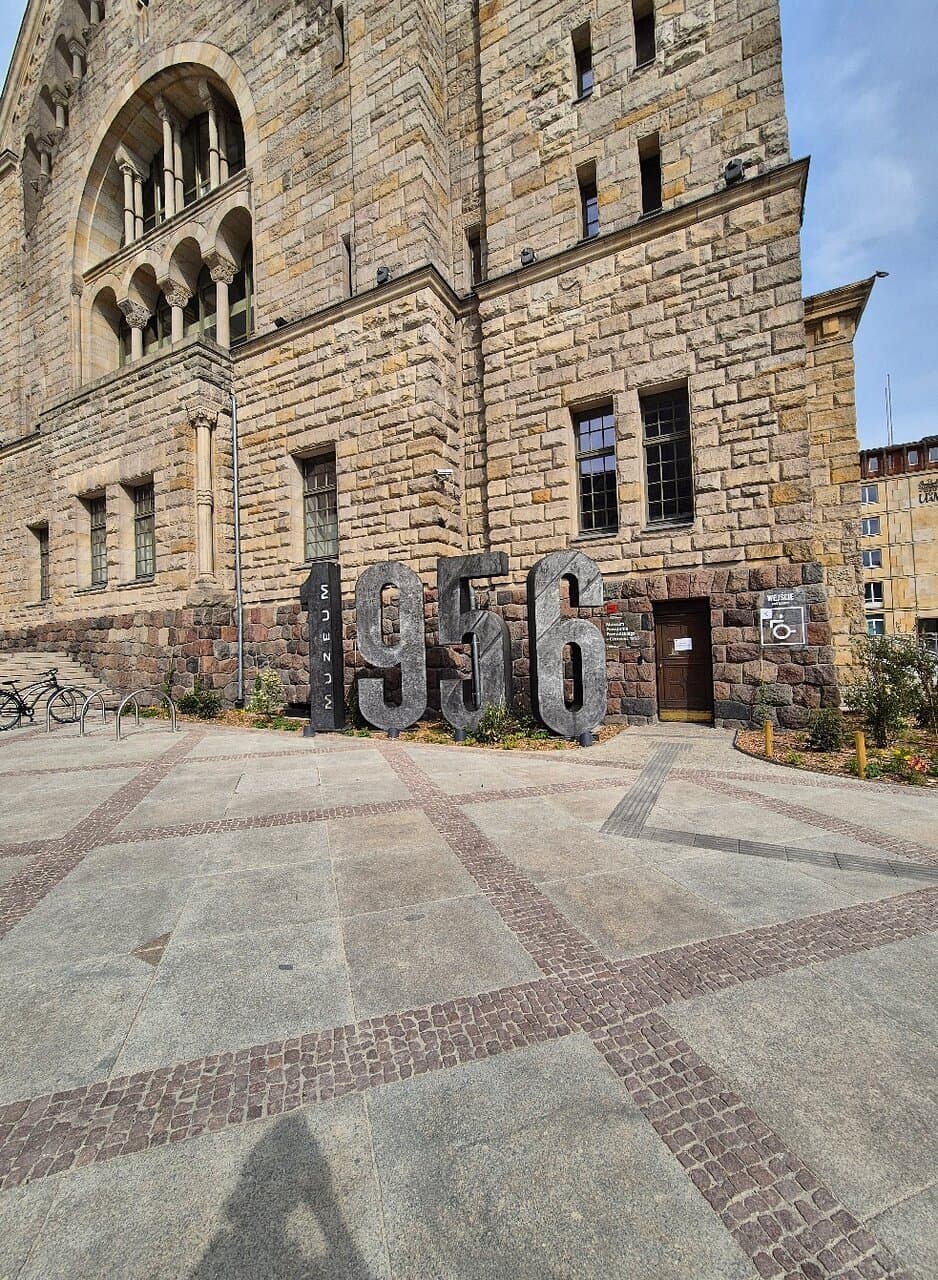
Poznań June 1956 Uprising Museum
Discover Poznań's pivotal 1956 anti-communist uprising through immersive exhibits in this impactful, centrally located museum.
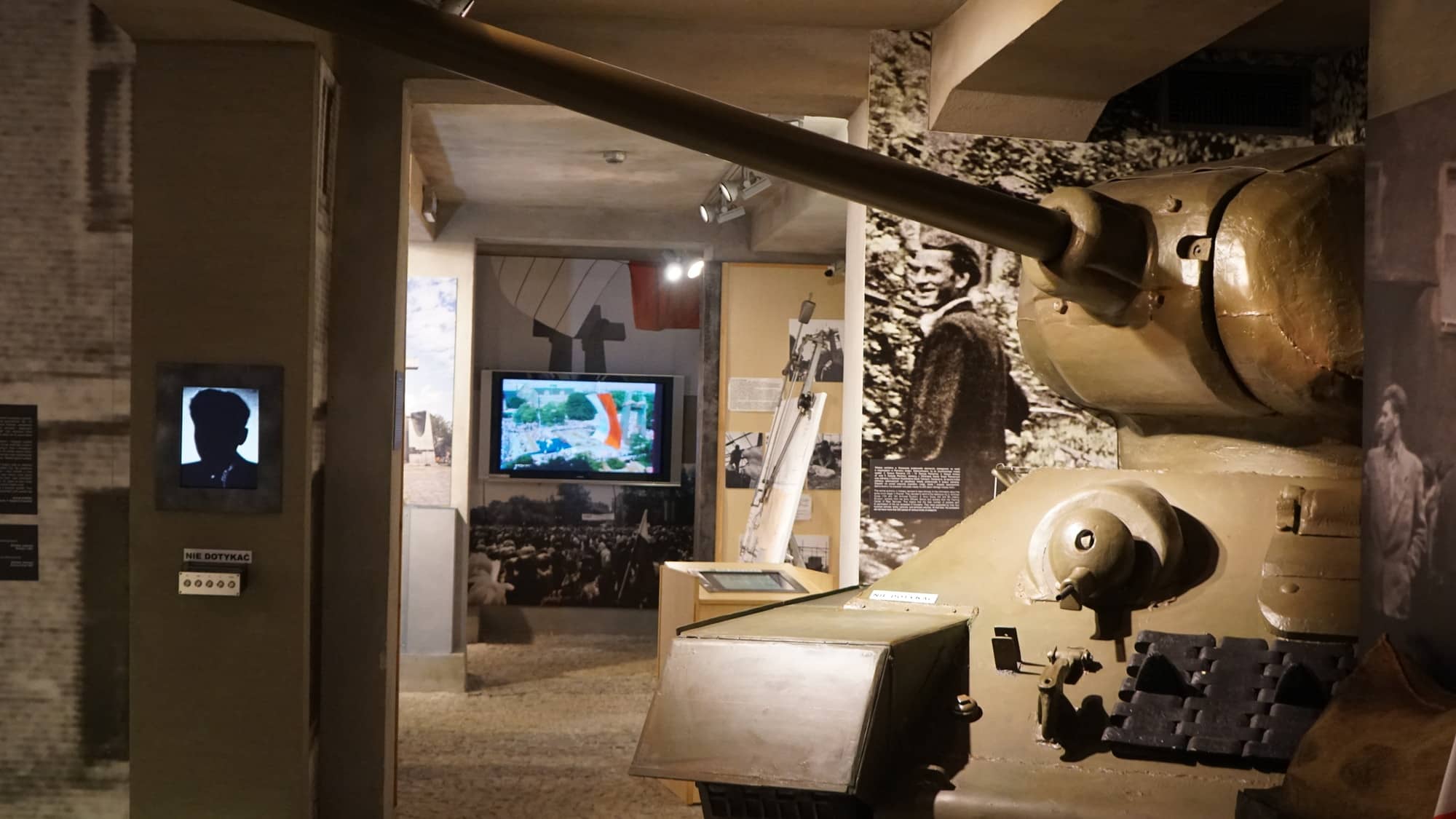
Highlights
Must-see attractions
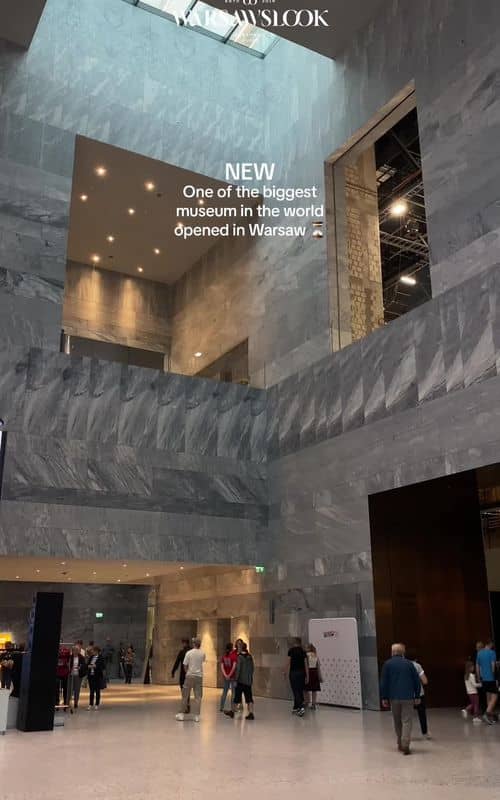
Social
From TikTok & Reddit
Best Time
Fewer crowds, more reflection

Poznań June 1956 Uprising Museum
Best Time
Fewer crowds, more reflection

Highlights
Must-see attractions
Discover Poznań's pivotal 1956 anti-communist uprising through immersive exhibits in this impactful, centrally located museum.
"Very interesting museum! Well laid out, not overly too much to read, and all the narrative signs are in both Polish and English."
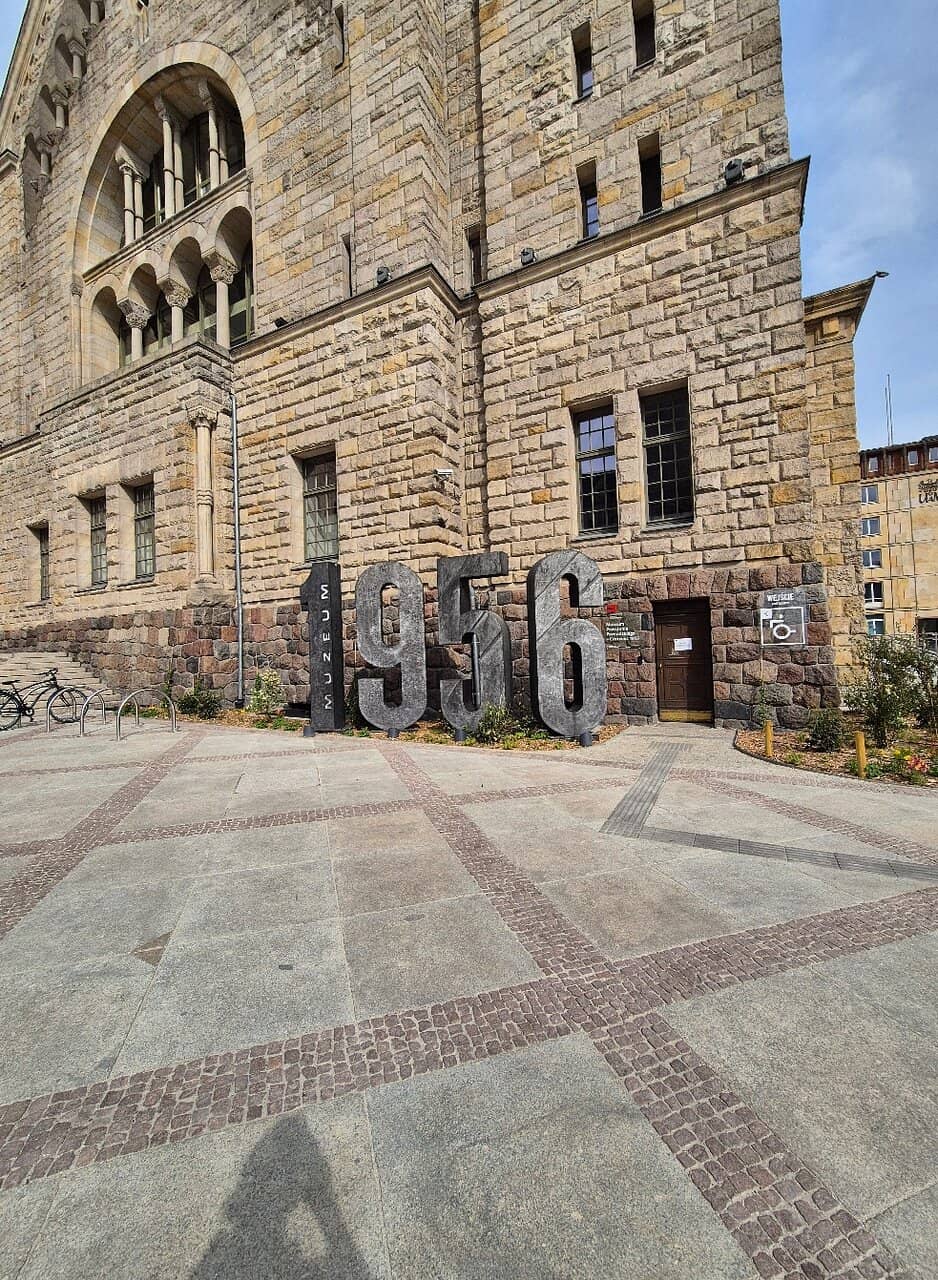
🎯 Find the Hidden Entrance
Look for a small door near the Imperial Castle's main stairs. Don't miss the ticket desk inside!
⏰ Allow an Hour for Immersion
The museum is small but packed with info. Give yourself time to absorb the history.
Highlights
Discover the most iconic attractions and experiences

The 1956 Uprising Exhibits
Main exhibition halls
Immersive displays detailing Poznań's pivotal anti-communist protests and the brutal response.

T-34 Tank Replica
Exterior/Courtyard
A striking replica of the T-34 tank, symbolizing the era's military presence and unrest.
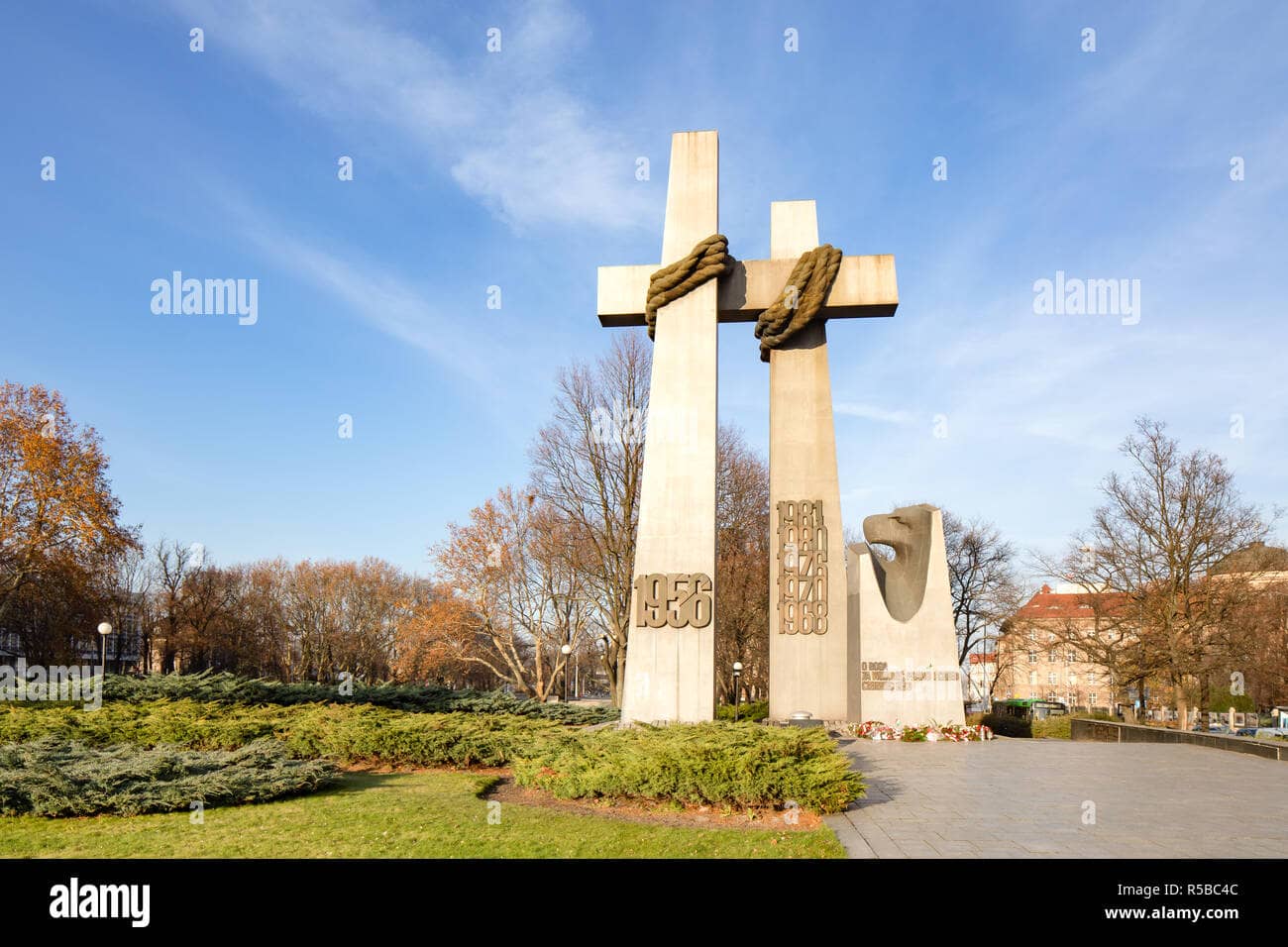
Commemorative Square
Outside the museum
The square itself is a historical site where the 1956 events unfolded.
Plans like a pro.
Thinks like you
Planning Your Visit
Timing is Key for Understanding
Location and Entry Nuances
Best Times
Insider Tips
from TikTok, Instagram & Reddit
🎯 Find the Hidden Entrance
Look for a small door near the Imperial Castle's main stairs. Don't miss the ticket desk inside!
⏰ Allow an Hour for Immersion
The museum is small but packed with info. Give yourself time to absorb the history.
🗣️ English Signage Available
Most narrative signs are in both Polish and English, making it accessible.
💡 Understand the Context
The museum is located on the very square where the 1956 events took place.
Tips
from all over the internet
🎯 Find the Hidden Entrance
Look for a small door near the Imperial Castle's main stairs. Don't miss the ticket desk inside!
⏰ Allow an Hour for Immersion
The museum is small but packed with info. Give yourself time to absorb the history.
🗣️ English Signage Available
Most narrative signs are in both Polish and English, making it accessible.
💡 Understand the Context
The museum is located on the very square where the 1956 events took place.
🤔 Consider Polish Language Skills
While English is present, deeper understanding might be enhanced with Polish proficiency.
What Travellers Say
Reviews Summary
Visitors find the Poznań June 1956 Uprising Museum to be a small but highly informative and immersive experience, offering valuable insights into a critical moment in Polish history. The bilingual signage is appreciated, though some wish for more extensive English translations. Its impactful narrative and historical significance make it a recommended stop for those interested in the region's past.
"Very interesting museum! Well laid out, not overly too much to read, and all the narrative signs are in both Polish and English. It takes about an hour to completely see the entire museum. It's a great way to learn about the 1956 uprising, which happened on the square right outside of the museum!"
Marty Fricke
"It is small, and will only take around 45 minutes to see and read everything. This is actually a good thing, because you will not feel overwhelmed by the exhibits, making it a more memorable experience. You will walk away with valuable knowledge of an important event in Poznań’s history."
Paul Smuts
"Very interesting museum for people who are interested in Polish history .Shows the brutality of the Communist regime"
kjelloslaw
What People Like
What People Dislike
Frequently Asked Questions
🚇 🗺️ Getting There
The museum has a somewhat hidden entrance. You'll need to go around the corner from the main stairs of the Imperial Castle and look for a small door. Once inside, you'll find a manned ticket desk.
Poznań has a good public transport system. The museum is located centrally, so many tram and bus lines will get you close to the Imperial Castle area. Check local transport apps for the best route from your location.
From Poznań Główny (main train station), you can take a tram or bus towards the city center. The museum is a short walk from stops near the Imperial Castle.
Parking in the city center can be challenging. There are paid parking lots and street parking available, but it's often easier to use public transport or walk if you're already in the city center.
Yes, the museum is within walking distance from the Old Market Square (Stary Rynek). It's a pleasant stroll through the city center, taking about 15-20 minutes.
🎫 🎫 Tickets & Entry
The museum is small and generally has an affordable admission fee. Specific prices can vary, but it's known for being a budget-friendly option.
For this smaller museum, advance booking is usually not necessary. You can typically purchase tickets at the manned ticket desk upon arrival.
Opening hours can vary, so it's best to check the official museum website or local listings before your visit. Weekday mornings and late afternoons are often good times to visit to avoid crowds.
Visiting on weekday mornings or late afternoons tends to be less crowded, allowing for a more immersive and reflective experience.
Information on discounts for students, seniors, or specific groups is usually available at the ticket desk or on the museum's official website. It's always worth asking.
🎫 🧭 Onsite Experience
Most visitors find that the museum can be fully explored in about 45 minutes to an hour. It's small but impactful, ensuring you won't feel overwhelmed.
Yes, the narrative signs are generally in both Polish and English, making the exhibits accessible to international visitors.
The exhibits detailing the brutality of the Communist regime and the events of the 1956 uprising are particularly impactful and memorable.
The museum covers sensitive historical events. While informative, parents should consider the subject matter when deciding if it's appropriate for younger children. The T-34 tank replica might appeal to older children.
Photography policies can vary. It's best to check for signage or ask museum staff if photography is permitted, especially without flash, to respect the exhibits and other visitors.
📸 📸 Photography
Photography rules can change, so it's advisable to look for signs or ask staff. Generally, non-flash photography might be permitted for personal use, but it's always best to confirm.
The T-34 tank replica outside the museum is a popular subject. The exterior of the Imperial Castle, near the museum's entrance, also offers good photographic opportunities.
If photography is allowed, it's usually for personal use. Commercial photography or extensive filming might require special permission. Always check with the museum.
Given the potentially dim lighting inside historical museums, a camera with good low-light performance or a smartphone with a capable night mode would be beneficial.
Yes, the area around the Imperial Castle and the June 1956 Square is generally open for photography, offering a glimpse into Poznań's historical landscape.
For Different Travelers
Tailored advice for your travel style
👨👩👧 Families with Kids
It's recommended to prepare children for the sensitive nature of the uprising's events. Discussing the historical context beforehand can help them process the information. The museum's location on the actual square where the events took place can also add a layer of understanding. Consider it an educational stop that provides valuable insights into Polish history.
📚 History Enthusiasts
Appreciate the museum's compact nature; it allows for a thorough understanding of the uprising's causes, events, and consequences. The proximity to the actual historical site enhances the visit, offering a tangible connection to the past. Don't miss the T-34 tank replica, a stark reminder of the era's power dynamics.
🚶 Solo Travelers
Take advantage of the quieter periods, like weekday mornings, to fully immerse yourself in the historical narrative. The museum's location on the actual protest square adds a unique dimension to a solo exploration of Poznań's past. It's a great opportunity to gain a deeper understanding of Polish resilience and the fight for freedom.
Deep Dives
In-depth insights and expert knowledge
The Significance of the June 1956 Uprising
The museum's location is significant, situated on the very square where these historic events unfolded. This proximity allows visitors to connect the exhibits directly with the physical space where the protests occurred, enhancing the immersive and educational experience. The museum aims to preserve the memory of those who fought for freedom and to educate future generations about this critical period.
Visitors often describe the museum as 'very interesting' and 'immersive,' highlighting its effectiveness in conveying the gravity of the situation. The exhibits are designed to be informative without being overwhelming, making it a memorable experience for those interested in Polish history.
Navigating the Museum Experience
Once inside, the museum is compact but rich with information. Most visitors spend about 45 minutes to an hour exploring the exhibits. The narrative signs are thoughtfully provided in both Polish and English, ensuring that international visitors can fully grasp the historical context. This bilingual approach is frequently praised, making the museum accessible and informative for a wider audience.
The museum's size is often cited as a positive, preventing visitors from feeling overwhelmed. Instead, the focused presentation allows for a more memorable and impactful understanding of the 1956 uprising. The presence of a T-34 tank replica outside adds a tangible element to the historical narrative, symbolizing the era's military and political landscape.




Social
from TikTok, Instagram & Reddit